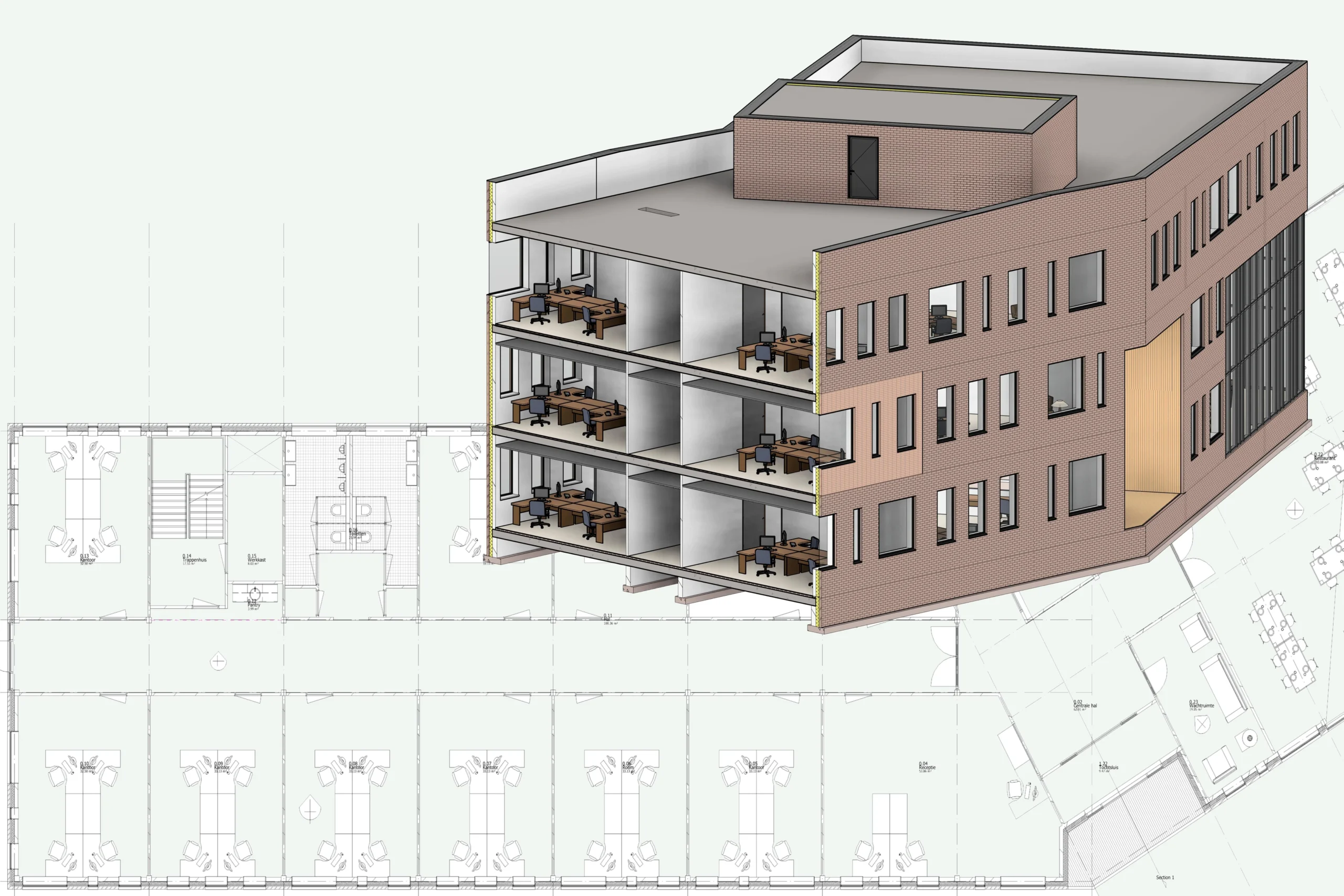What is BIM?
BIM is an acronym for Building Information Modeling.
It is a process that allows architects, real estate developers, contractors, engineers, manufacturers, and other construction professionals plan, design, and construct a 3D model of a structure or building.
BIM models may include powerlines, plates, bolts, welds, pipes, windows, materials, light switches, entrances, miscellaneous systems, and much more, depending on the desired detail.
The information that BIM provides can be used as a lifelong management tool throughout a buildings life cycle to aid property managers, governments, municipalities, and other professionals to accurately assess and make informed decisions from the information provided by the model.
Additionally, BIM software is used by engineers, architects, designers, project managers, and contractors to collaborate and plan retroactive changes to the 3D structure, to better express design intent to the field amongst all workers. This process is also called virtual design and construction.

Why to Use BIM
Currently, in Germany, buildings and infrastructure are rapidly falling behind technological advancements in many industries. The potential benefits of increased digitalization are undisputed, but many local German companies, the heart of our economy, risk falling behind other nations due to a lack of commitment and urgency. At the core of the increased digitalization in manufacturing, construction, and other industries, is BIM.
Stanford University’s Center for Integrated Facilities Engineering reported the following benefits of BIM (CRC Construction Innovation 2007) after gathering data on 32 major projects:
- The elimination of up to 40% of unbudgeted change
- Accurate cost estimation, within 3% error, as well as 80% reduction in time to generate a cost estimate
- Up to a 7% reduction in project time
- Savings up to 10% in contract value through detections in conflicts and clashing errors
The Benefits
- Faster and more effective processes: Information is more easily shared amongst professionals. BIM is an accepted standard and is taught in colleges.
- Better designs: Building proposals can be better analyzed, benchmarked, and simulated to enable improved, innovative solutions.
- Budget Control: The implementation of BIM can accurately assess costs of additions, changes, and alterations of the facility, giving project managers full knowledge of expected costs.
- Controlled whole-life costs and environmental data: Better assess the environment’s impact on the facility, and better understand lifecycle costs.
- Improved customer service: Accurate visualizations can provide a greater understanding of proposals
- Integration of planning and implementation processes: Promote efficiency, increase industry competitiveness, and enhance worker engagement with a collaborative process that aims to reduce waste and minimize risk.
Contact us for a consultation
Have any questions? Send us a message and we’ll call you.
